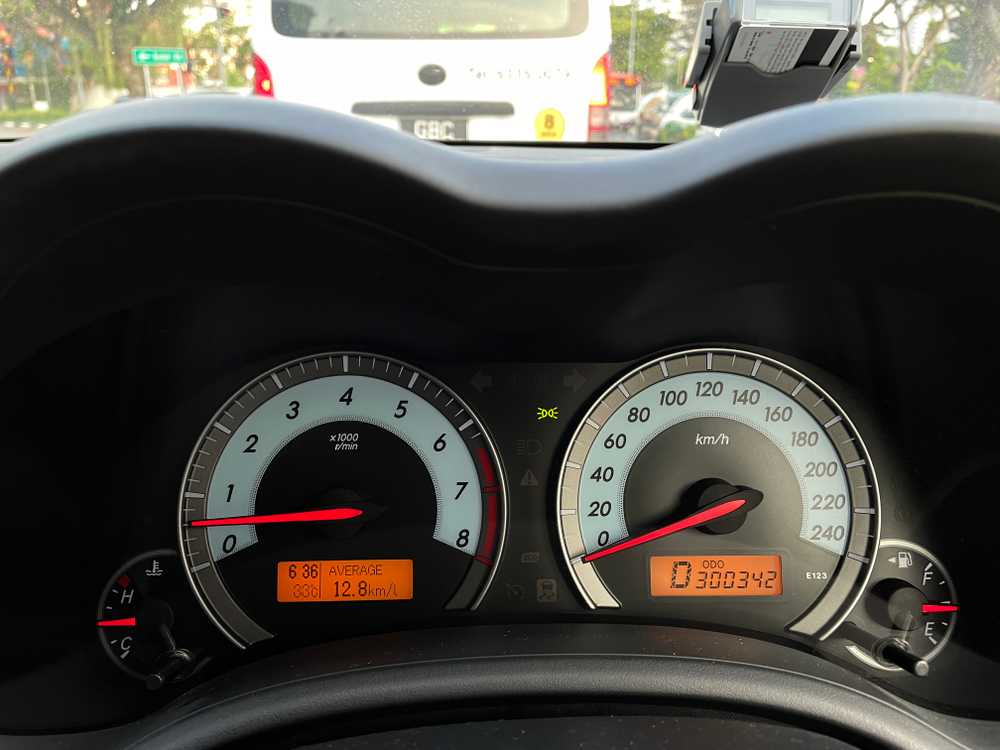How I was nudged to drive better

I’ve been driving a lot lately in Singapore as I’m home for a visit, and I’ve had the privilege of driving several different cars, one from my mum and two of my brother-in-law’s (he has a car rental business). As I drove around, I kept subconsciously looking at one thing on the dashboard: the fuel efficiency number.
Fuel efficiency number
I never had the habit of toggling that particular metric on my dashboard, especially not when I’m driving someone else’s car. But this time, by some force of god, that metric happened to be staring at me every time I turn on the ignition, on all three cars.
While it has certainly taught me something about various cars’ fuel efficiencies, what’s been fascinating for me to learn is how I can influence that number.
I learned that while a car’s engine capacity and other factors, such as aerodynamics, determine the range fuel efficiency, I, the driver, get to influence what that metric ultimately ends up being.
After a few days of driving a 13-year-old Toyota Corolla Altis, I’ve noticed the efficiency number on my dashboard hover between 12 and 13 km/l. If I stepped on the paddle more lightly, the number would slowly climb toward 13.
Of course, someone — a designer with behavioural psychology training — has already figured out the effect of making this metric a computed variable that could be displayed on the dashboard, something which a driver has to look at as he drives.
Like it or not, the driver will notice that number if it was displayed there. He is likely to subconsciously track that number and see how that number fluctuates. And he’s going to want to know why it fluctuates. Why is that number sometimes closer to 12 than 13?
“Eco” driving behaviour
But wait, there’s another nudge tactic. Assisting the driver to figure out the reasons for the fluctuating number is another indicator: a green “Eco” light.
This indicator lights up when I’m stepping the accelerator lightly, and disappears when I’m pressing harder to overtake. It trained my brain, subconsciously, to drive in a way that keeps the green “eco” light on.
Together, the fuel efficiency number and the green “eco” indication light have succeeded in influencing my behaviour as a driver. I tend to go gentler on the accelerator nowadays.
How could I apply nudge theory to what I do at work to train our customer support representatives (at Smartly.io, that’s almost everybody in the company) to do more of X and less of Y and support our customers better? How could I similarly apply this to train our customers?
How can we make use of micro nudges to inform good behaviour? The people at Amsterdam’s Schiphol Airport had a clue.
 Image source: Stefan Bellini
Image source: Stefan Bellini
